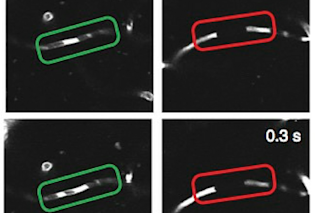Two things are certain in this world: We are born, and we die. But must we? Billionaire Dmitry Itskov and his group the 2045 Initiative want to cheat death by creating artificial bodies to house human intelligence.
Itskov and friends think they can develop a hologram “avatar,” housing an individual’s personality in an artificial brain, within three decades.
Terasem’s LifeNaut project claims to offer longevity today. All you need to do is create a LifeNaut account and upload as much information about yourself as possible. Apparently the “mindfile” may be used to reconstruct you in the future.
Immortality isn’t merely a 21st-century quest. In the third century B.C., Chinese Emperor Qin Shi Huang ingested mercury to gain eternal life. It didn’t work.
We don’t know if anyone tried to resurrect Qin, but in the 1980s, anthropologist and ethnobotanist Wade Davis documented cases of the “dead” rising from their graves in ...














